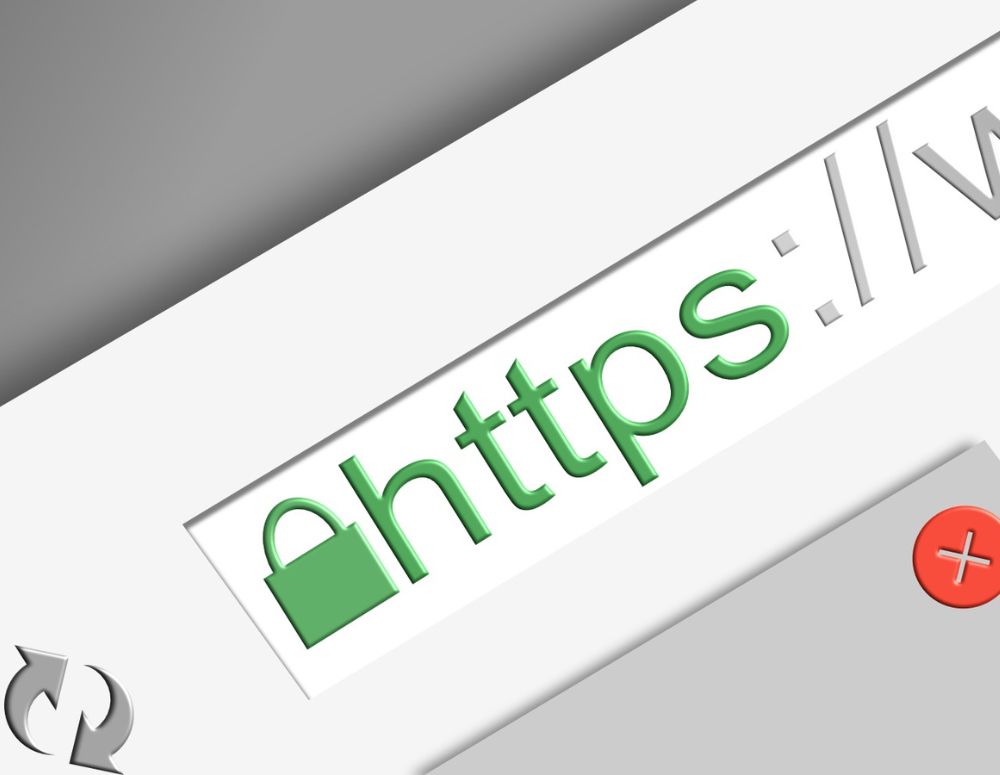HTTPS Everywhere
HTTPS and SSL – two sets of letters that you’ve probably heard a lot about, even if you don’t know what it means. Essentially, they boil down to a technical signal that your website is secure for browsing and that your visitor’s data and information is safe and secure from vulnerabilities. They’re the symbols of Internet security.
Internet security is a much talked about term these days, thanks in part to big businesses that have been in the media due to data breaches. What’s more, visitors are used to expecting security when conducting credit card transactions online. Beyond that, Internet security is something many web visitors and businesses take for granted. So, it may have been surprising when way back in 2014 Google admitted that HTTPS had become a ranking factor for websites. But, when Google says something is helpful, everyone jumps on board. Beyond being a helpful factor for SEO and ranking, having a secure website is good business practice. HTTPS and SSL is important. Today we’re going to review why you need it, how it works and how to get it installed on your website.
Think about your place of business. Your employees have keys and your guests cannot enter until the doors have been opened or they’ve been let in. If you are part of a really large organization, the employees may have badges or nametags for identification. If you were to lose your keys or identification, your business would be left vulnerable. Your business has implemented security measures to keep the actual office safe, but also to protect important documents and data, right?
Well, the same is true for a website. Years ago, websites were basically an online version of a business card. There wasn’t much data being exchanged and visitors were merely browsing. Then the onset of websites came where you could login and become a member. Or, you could shop and make a purchase. Or, you could fill out a form to sign up for important information. With that, all of a sudden your digital footprint that followed you around the Internet started to hold all sorts of data.
Now, while you browse the web you are basically a walking billboard of information about yourself, unless you keep everything secure. Businesses can help protect your data by ensuring their own websites are security compliant.
Internet users have been slowly trained to look for an ‘s’ next to the HTTP as a signal that a website is secure for browsing and exchanging information. While most Internet users don’t understand the technicalities of HTTPS and SSL they know what can happen if their sensitive information is breached. Perhaps their banking system has already been compromised and they’ve had to deal with the hassle of ordering new cards and updating information. Perhaps their social media accounts have been hacked and they’ve had to spend precious time cleaning things up and resetting passwords. More and more people are expecting security from the websites they visit, and if they don’t find it, they leave.

